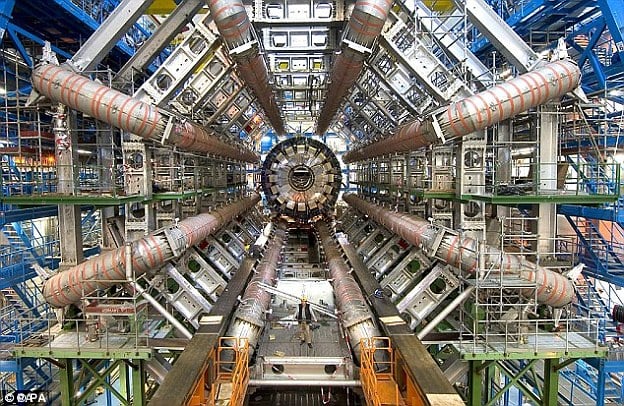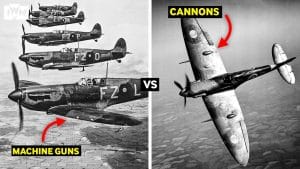Over 1 Million WWII-Era Artillery Rounds Were Used To Unlock The Secrets Of The Universe

CERN
Universal.
There are still many remnants of WWII that linger all over the planet more than seven decades after the war. They came in many forms including undetonated bombs, discarded weapons and other relics symbol of the most deadly war in history. Usually, these weapons of the past are put into collections or discarded to prevent injury but some of them found a greater purpose in the universe.
By now most people have heard of the Large Hadron Collider has been hailed as one of the greatest scientific breakthroughs in history after the discovery of the Higgs Boson particle. Not many people know how it was made but even fewer people know that it is actually made of WWII weapons. The materials used to build a device of mass creation were once weapons of mass destruction. The metal in the Higgs Boson collider came from over a million Soviet artillery shells from World War II.

A deal was reached with a Russian Navy Commander in the 1990s to provide discarded artillery shells to the Higgs Boson for use a building material. Wartime steel and brass make for great shielding during the process of particle collision due to lack of radioactivity.
“Today, for our standard low-background radiation detection systems, we would typically never use pre-atomic era steel for the innermost shielding. However, it is possible to use this material in the outer shielding layers or as part of a support structure.”
– Todd Hossbach (Senior Research Physicist Pacific Northwest National Labs)

Metals made after WWII contain some traces of radiation and make them unfit for use in a machine that needs isolation of particles for specific results. It is an interesting factoid that the collider is largely composed of WWII-era materials in its quest to understand the secrets of the universe. The Large Hadron Collider can be a little on the confusing side but this video offers a quick and easy explanation of how it works.


















